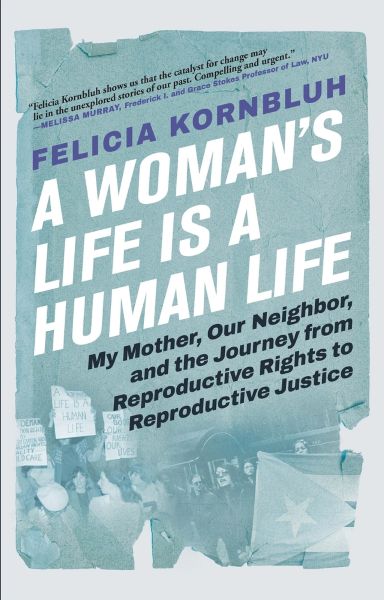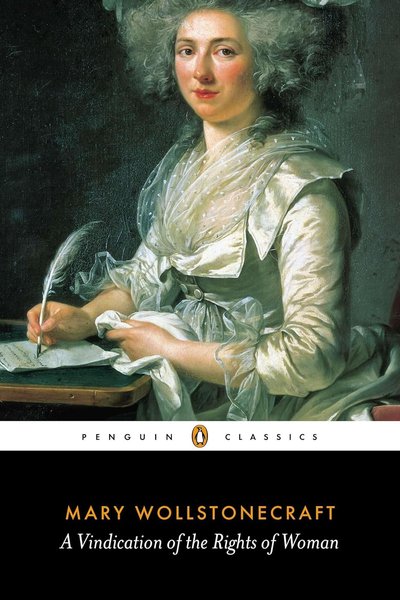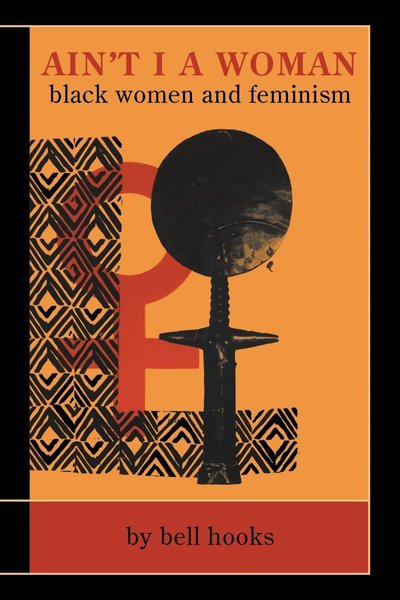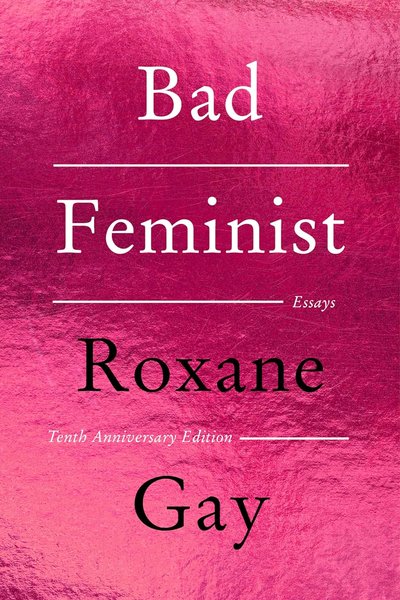A Woman's Life Is a Human Life: My Mother, Our Neighbor, and the Journey from Reproductive Rights to Reproductive Justice
Through the personal experiences of historian Felicia Kornbluh's mother and neighbor, this book reveals the untold story of two grassroots movements in New York that transformed American reproductive rights politics—the fight to decriminalize abortion and the struggle against sterilization abuse.

📝 Book Review
In the grand narrative of American reproductive rights history, we often hear the names of Supreme Court cases—Roe v. Wade. However, historian Felicia Kornbluh reminds us in “A Woman’s Life Is a Human Life” that before there was a “Jane Roe,” the real champions who defined and achieved reproductive rights were ordinary people working in their local communities. Published in 2023 to coincide with the fiftieth anniversary of Roe v. Wade, this work centers on two grassroots movements in New York, rewriting the history of America’s reproductive rights movement.
As a professor of History and Gender Studies at the University of Vermont, Kornbluh does not adopt the grand perspective common in traditional historical works. Instead, she chooses the most intimate angle: her mother, Beatrice Kornbluh Braun, and their across-the-hall neighbor, Dr. Helen Rodríguez-Trías. This personalized narrative strategy not only gives history warmth but, more importantly, reveals a long-overlooked truth: from the beginning, the reproductive justice movement was never a singular, homogeneous struggle, but a diverse movement driven by women from different backgrounds with different demands.
Beatrice was one of the drafters of New York State’s abortion decriminalization law. In the early 1970s, when most states still classified abortion as a felony, New York passed revolutionary legislation that legalized abortion three years before Roe v. Wade. Through her mother’s firsthand experiences and preserved documents, Kornbluh meticulously recreates the full picture of this legislative campaign. This was not legal debate conducted in the marble corridors of the Supreme Court, but intense discussions and arduous organizing that took place in community centers, church basements, and women’s living rooms. Activists needed to convince legislators, mobilize voters, confront religious conservative forces, and overcome society’s deep-rooted taboos about women’s bodies and sexuality.
However, Kornbluh does not let this book become a single-perspective victory narrative. She turns her pen to their across-the-hall neighbor, Dr. Helen Rodríguez-Trías—a Puerto Rican doctor and leader in the movement against forced sterilization. This shift in perspective is crucial because it exposes the long-standing tension within America’s reproductive rights movement: while white middle-class women were fighting for abortion rights, women of color in communities were battling another form of reproductive oppression—forced sterilization.
In the 1970s, thousands of women of color, poor women, disabled women, and women deemed “unfit” for reproduction were sterilized without their knowledge or under coercion. This systematic violence was rooted in eugenic ideology and racist policies. Dr. Rodríguez-Trías and her colleagues organized to demand informed consent rights, demanding that women have the right to bear children, not just the right not to. Their struggle revealed a profound paradox: if reproductive rights merely meant the right to abortion, how would women deprived of the right to reproduce have their voices heard?
By juxtaposing these two seemingly independent movements, Kornbluh demonstrates the conceptual shift from “reproductive rights” to “reproductive justice.” The reproductive justice framework, proposed by Black feminists in the 1990s, emphasizes not only the right not to bear children, but also the right to bear and raise children in safe and supportive environments. It links reproductive issues with economic justice, racial justice, and environmental justice, recognizing that women’s reproductive choices are constrained not only by law but also by structural inequalities such as poverty, racial discrimination, and healthcare injustice.
One of the book’s core contributions lies in its emphasis on “people power.” Kornbluh meticulously documents how these two movements achieved key victories through grassroots organizing, community mobilization, and coalition building—victories that did not depend on federal courts. This point becomes particularly significant after Roe v. Wade was overturned in 2022. When the Supreme Court no longer protects abortion rights, we need to return to the history of these grassroots movements for inspiration: truly lasting change comes from people’s organization and action, not from court decisions.
Kornbluh’s narrative is rich in detail and humanity. She writes about how her mother drafted legislation at the kitchen table, how Dr. Rodríguez-Trías advocated for patients’ rights in hospital corridors. These everyday, mundane details are precisely the authentic texture of history. She also does not shy away from contradictions and divisions within the movement. The tensions between white feminists and feminists of color, the distance between middle-class activists and working-class women—these are real challenges. But Kornbluh shows that it was through confronting these contradictions, through difficult dialogues and coalition building, that the movement could truly achieve inclusivity.
From a methodological perspective, this book also has important academic value. Kornbluh skillfully combines oral history, archival research, and personal memoir. Both her mother and Dr. Rodríguez-Trías left behind rich personal documents, including letters, diaries, meeting minutes, and unpublished manuscripts. These primary sources allow us to glimpse the movement’s internal dynamics, understand how decisions were made, how conflicts were resolved, and how strategies evolved. At the same time, as daughter and neighbor, Kornbluh also brings an eyewitness perspective, giving the historical narrative emotional warmth.
At a moment when reproductive rights in America face severe threats once again, “A Woman’s Life Is a Human Life” provides crucial historical perspective. It reminds us that reproductive rights have never been taken for granted but have been won through the struggles of generation after generation of women. It also warns us that if the movement cannot encompass all women’s experiences and needs, it will be incomplete or even flawed. Most importantly, it gives us hope: even in the darkest moments, the organization and action of ordinary people can create historic change.
The book’s title, “A Woman’s Life Is a Human Life,” comes from a slogan of the 1970s abortion legalization movement. This simple yet powerful declaration challenged the patriarchal notion of viewing women as reproductive tools, insisting that women are first and foremost complete human beings with autonomy over their own bodies and lives. Through 432 pages of meticulous narration, Kornbluh gives this slogan rich historical meaning. She demonstrates how this idea was interpreted and practiced in different communities and different struggles, how it expanded from a single abortion right to comprehensive reproductive justice, how it evolved from the demands of white middle-class women into cross-racial, cross-class coalitions.
Reading this book, we not only learn about history but, more importantly, we learn how to build movements. Kornbluh provides a template: truly feminist movements must be intersectional, must recognize the different forms of oppression faced by different women; they must start with grassroots organizing, not just rely on law and policy; they must be willing to confront internal contradictions, achieving true inclusivity through dialogue and coalition building. In the new reality after the overturning of Roe v. Wade, these lessons are more important than ever.
“A Woman’s Life Is a Human Life” is both a historical work and a letter to contemporary activists. It tells us that we are not the first generation of feminists to face backlash, nor will we be the last. But as long as we remember the lessons of history, as long as we insist on people power, as long as we commit to building truly inclusive movements, change is possible. Because ultimately, as this book proves, history is not written by court decisions but is created day by day by ordinary women like Beatrice and Helen in their communities.
Book Info
Related Topics
🛒 Get This Book
 Buy on Amazon
Buy on Amazon Related Books
Book Discussion
Share your thoughts and opinions on this book and exchange insights with other readers
Join the Discussion
Share your thoughts and opinions on this book and exchange insights with other readers
Loading comments...


